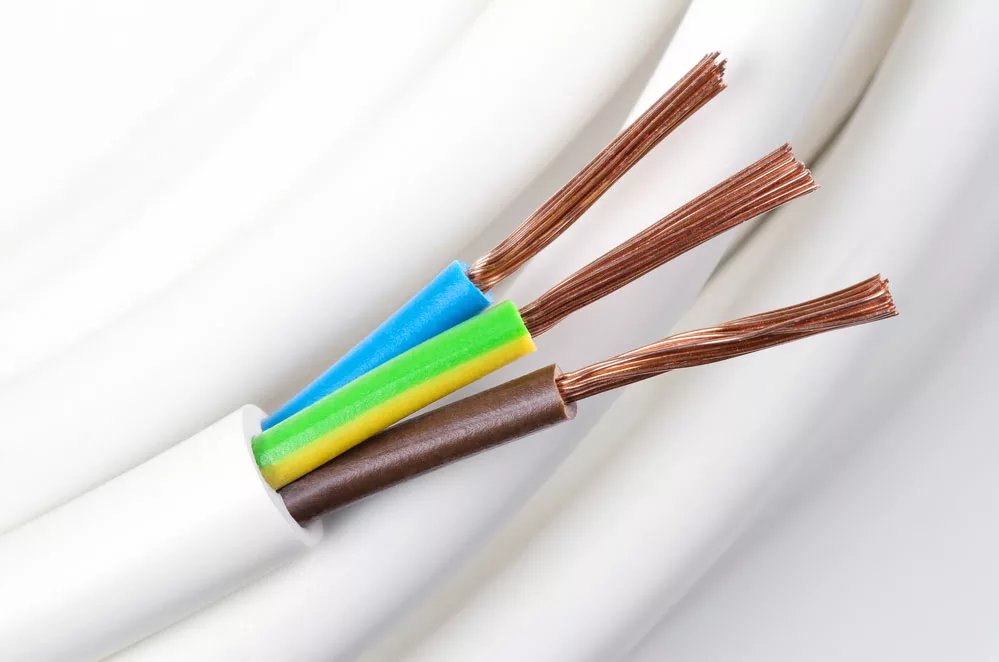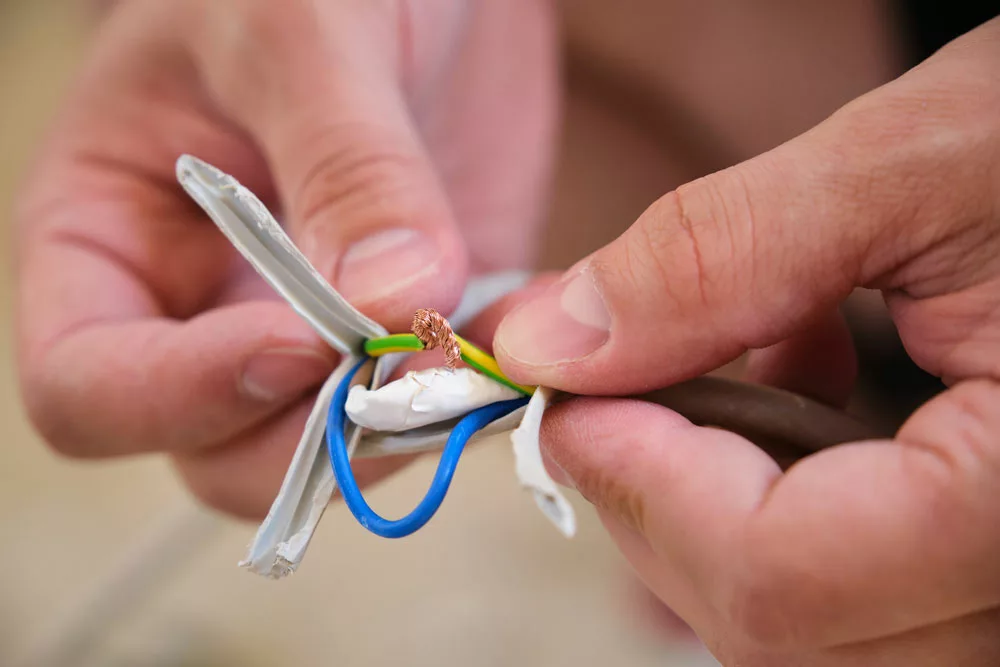Are you feeling confused about the different colors of lighting wires colors? If so, you’re not alone! There can be a lot of confusion regarding the different lighting wires’ colors.
There are three main types of lighting wires at their most basic level. Hot, neutral, and ground. Each of these wires has its unique function. And understanding how they work together is the key to understanding lighting wiring.
This article will look closely at each of these wires and what they are for.
Why Are Electrical Wires Colored?
Electrical wires have colors for a very important reason – to state their function. The three most common colors for electrical wiring are black, red, and green.
For example, black wires are for hot or live wires. They carry the electricity from the power source to the outlet or fixtures.
Also, red wires are for switched live wires. These wires carry the electricity from the light switch to the outlet or fixture.
Further, green wires are for grounding wires. They connect metal parts of an outlet or light fixture to the circuit’s ground wire.
These colors make it easy for electricians to identify which wire is which. So they can install and repair electrical systems.

Electrical power cable
What Are Electrical Wire Colors?
- Black: Black wires are for live or “hot” wires. They are power-carrying wires. They deliver electricity from your electrical panel to outlets, switches, and other devices. Also, we can use black wires as grounding wires in some cases.
- Red or Orange: Next, we have red or orange wires. These codes are also live or “hot” wires like black wires. They carry electricity from the breaker panel to outlets and switches.
- Blue, Violet, Brown & Yellow: Blue, violet, brown, and yellow wires are all “neutral” colors. They don’t carry live electricity. But they are for return paths for the current back to the panel.
- White & Gray: White and gray are both neutral wires as well. Yet, we can use them as grounding conductors. They provide a safe path for electricity to follow in case of a short circuit or other problem.
- White with Red /Black tape: White with red or black tape is a hot wire in high voltage circuits (240 volts or more). It should never be a neutral conductor.
- Green: Green-colored electrical cords are grounding cords. They provide a safe path back to the panel in the event of an electrical problem.
- Bare Wire: Bare copper wires and aluminum cables are both grounding cables. They provide a path back to the breaker panel in case of an electrical problem. But they can also be live (power-carrying) cables in some situations.

Electrician working on a breaker panel
What Are Wiring Color Codes?
U.S. Electrical Wiring Color Codes
The National Electrical Code (NEC) has colors for different voltages in the USA. Here’s a quick guide to understanding U.S. electrical wiring color codes:
- 120/208/240 Volt AC Wire Colors:
We use these in homes, businesses, and other buildings. They need higher voltages for lighting and appliances.
- Phase 1 – Black
- Phase 2 – Red
- Phase 3 – Blue wire
- Neutral – White
- Ground – Green, Green with Yellow Stripe, or Bare Wire
- 277/480 Volt AC Wire Colors:
We use them in high-voltage industrial applications. For example, factories and municipal power plants.
- Phase 1 – Brown
- Phase 2 – Orange
- Phase 3 – Yellow
- Neutral – Gray
- Ground – Green with Yellow Stripe or Bare Wire
- DC Power Wire Colors:
We use these in low-voltage electrical systems. For example: in cars and other vehicles.
- Positive (non-ground) – Red
- Negative (non-ground) – Black
- Ground – White wires or Gray wires
International Electrical Wiring Color Codes
- European (IEC) Wire Color Codes:
In Europe, the International Electrotechnical Commission (IEC) codes:
- Phase 1 – Brown
- Phase 2 – Black
- Phase 3 – Grey
- Neutral – Blue
- Ground – Green with Yellow Stripe
- Canadian Wire Color Codes for AC Power:
In Canada, wiring color codes are like those in the United States. But there may be some differences. It depends on the system’s voltage and the types of devices you are using.
- Phase 1 – Red
- Phase 2 – Black
- Phase 3 – Blue
- Neutral – White
- Ground – Green with Yellow Stripe
Data Wire Color Coding
Data wire color coding is an important part of any telecommunications installation. There are a variety of standards in use, but the most common is the TIA/EIA-606A standard. This standard defines some categories of wire, each with its color code.
Each category of the cable has its performance specifications. So it is important to choose the right cable type for your needs.
Ensure that your installation meets all industry standards. To do this, consult a qualified telecommunications professional.

Electricians using wire cutters
What Are the General Tips for Working Safely with Electrical Wires?
Working with electrical wires can be dangerous if you don’t know what you’re doing. Even a small mistake can lead to serious injury or even death.
That’s why taking some basic precautions with electrical wires is important. Here are a few tips to help you stay safe:
• Always wear rubber gloves when working with electrical wires. It will protect you from possible shocks.
• Use caution when handling electrical wires. Avoid touching them with your bare hands or using metal tools.
• Make sure all electrical connections are secure before turning on the power. Loose connections can cause sparks and start fires.
• If you need to splice electrical wires, use the proper wire connector. Never use tape or other makeshift materials.
• Never work on electrical wiring while standing in water or on wet ground. It puts you at risk of electrocution.

Splicing wires
Summary
In short, wiring color codes are for identifying different types of wires. Also, the voltages they support. With a basic understanding of these codes, you can work with electrical wiring in your home. We hope this guide has been helpful, and stay safe out there! If you still have any questions, contact us for more information.
